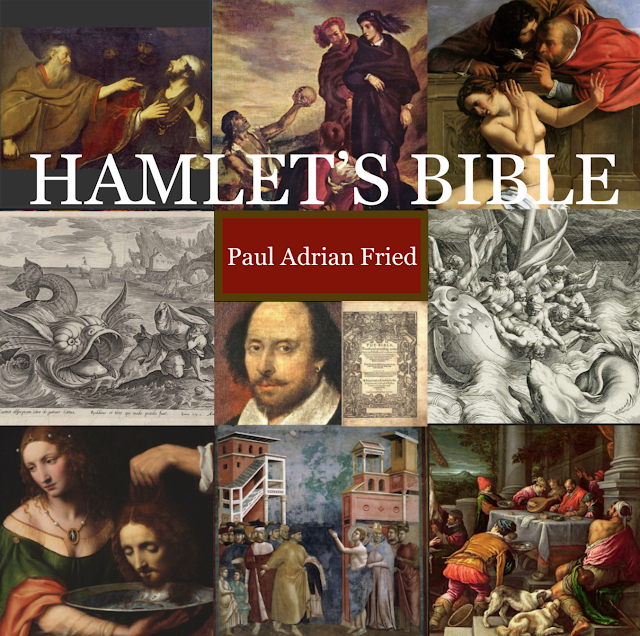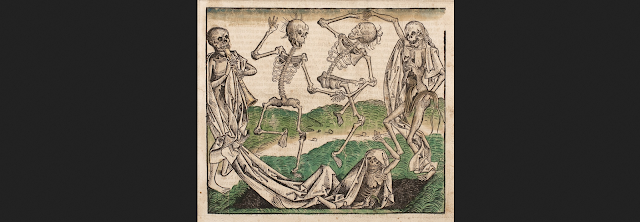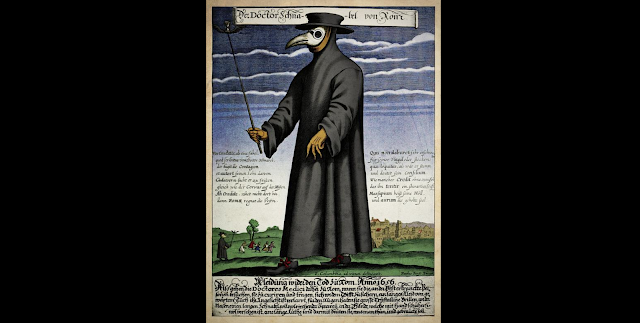Covert Claudius, Confirmation Bias, Collateral Damage, and Coronavirus

[My blog posts usually explore some aspect of Shakespeare’s text of Hamlet. This week I hold up the play as a mirror to our times: Claudius used “juice of cursed hebona in a vial” to kill his brother, a kind of chemical- or bio-weapon. But he lied: government propaganda claimed his brother was bitten by a snake, blaming nature for the killing. In our own time, Chinese officials claim COVID-19 was brought to China intentionally by the US military during war games there in October, 2019, after a bioweapons lab in the US failed an inspection and was closed that August. The US (US-friendly media) claim the virus came from a bat and a market where wild meat was sold (as if from a snake in nature’s garden). Nature creates many deadly viruses. But many countries, including the US, have a history of taking germs from nature and developing them as bioweapons. (A recent book notes that Lyme Disease may have accidentally escaped from a bioweapons lab at Plum Island on the US east coast th...




